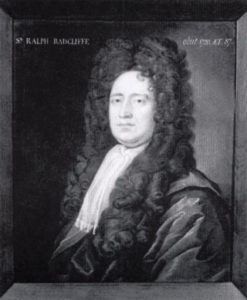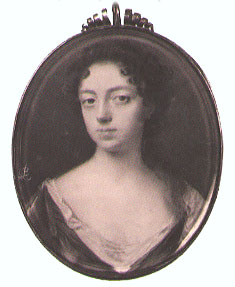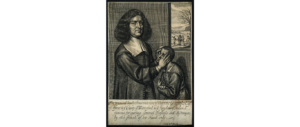Over the past couple of weeks I have been reading through some of the correspondence of the Radcliffe Family, who lived in Hitchin in the eighteenth century.

One case has been copied out of the notes of Sir Hans Sloane, a successful medical practitioner who treated Queen Anne and Kings George I and II. This case explains the strange case of Jeremy Radcliffe’s death in 1691. Jeremy was one of three sons born to Ralph Radcliffe, who came to Hitchin from Lancashire and settled the family there. Jeremy’s death evidently aroused some interest, because he apparently died twice.
The case explains,
When Jeremy Ratcliffe seemed to me to be quite deed by means of the application of warmth to his head and cold to his side and to the soles of his feet & by a cordial potion injected with a syringe. In a very short time contrary to all expectation He returned to life for a while; but not for long, for some days he was walking with his friends assisted by the table, accomplishing this being sick and languid; but in the space of three days or at the most four days he died
Sloane likely believed that Jeremy had suffered an apoplexy as the case also included the note that ‘A warm application to the head sometimes brings back to life an apoplectic and restores speech & motion. Producing sleep but only for a little time & afterwards the patient dies’. An apoplexy was a condition characterised by its suddenness and which robbed people of their sense and motion. It was this loss of sense and motion, perhaps, that made people believe that a patient was prematurely dead. One eighteenth-century medical text explained that apoplectic patients ‘lye for a long season as if Dead, and sometimes, yea too often, are dead indeed.’ Clearly this was condition in which death was a dubious state, difficult to identify for certain.
______________
HALS, D/ER.Z46/2
A treatise of diseases of the head, brain, and nerves. More especially of the palsy, apoplexy (London, 1721), p.25.



